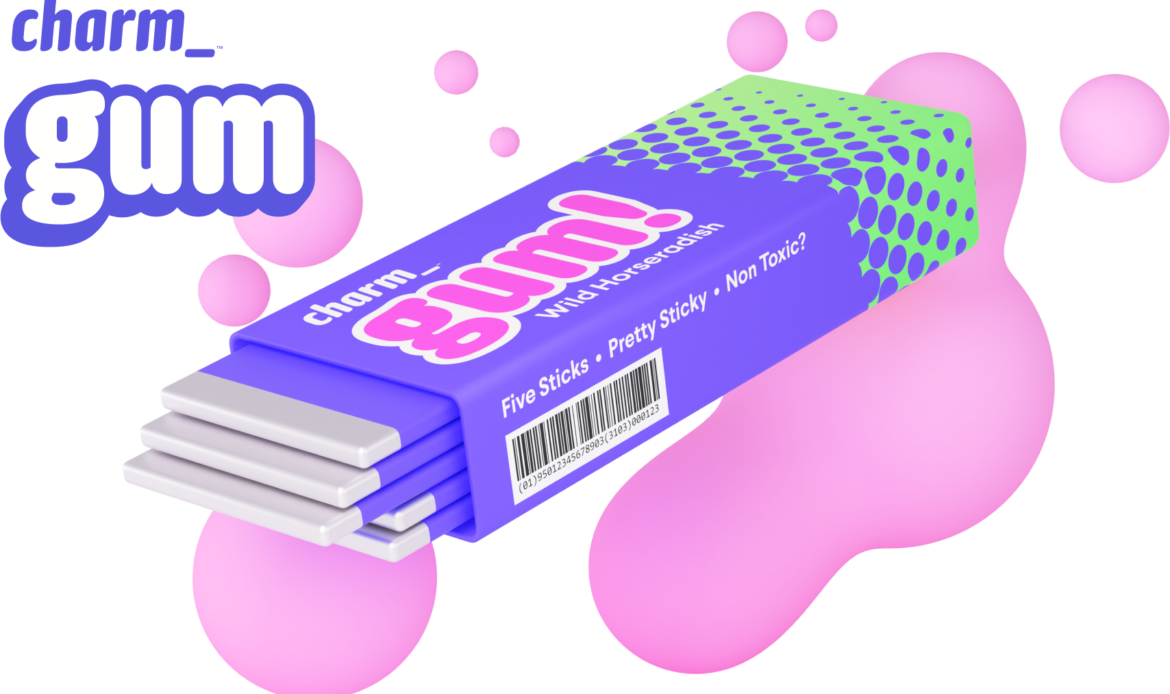A tool for glamorous shell scripts. Leverage the power of Bubbles and Lip Gloss in your scripts and aliases without writing any Golang code!
The above example is running from a single shell script (source).
Tutorial
Gum provides highly configurable, ready-to-use utilities to help you write useful shell scripts and dotfiles aliases with just a few lines of code.
Let’s build a simple script to help you write Conventional Commits for your dotfiles.
Start with a #!/bin/sh.
#!/bin/sh
Ask for the commit type with gum choose:
gum choose "fix" "feat" "docs" "style" "refactor" "test" "chore" "revert"
Tip: this command itself will print to
stdoutwhich is not all that useful. To make use of the command later on you can save the stdout to a$VARIABLEorfile.txt.
Prompt for an (optional) scope for the commit:
gum input --placeholder "scope"
Prompt for a commit message:
gum input --placeholder "Summary of this change"
Prompt for a detailed (multi-line) explanation of the changes:
gum write --placeholder "Details of this change (CTRL+D to finish)"
Prompt for a confirmation before committing:
gum confirmexits with status0if confirmed and status1if cancelled.
gum confirm "Commit changes?" && git commit -m "$SUMMARY" -m "$DESCRIPTION"
Putting it all together…
#!/bin/sh TYPE=$(gum choose "fix" "feat" "docs" "style" "refactor" "test" "chore" "revert") SCOPE=$(gum input --placeholder "scope") # Since the scope is optional, wrap it in parentheses if it has a value. test -n "$SCOPE" && SCOPE="($SCOPE)" # Pre-populate the input with the type(scope): so that the user may change it SUMMARY=$(gum input --value "$TYPE$SCOPE: " --placeholder "Summary of this change") DESCRIPTION=$(gum write --placeholder "Details of this change (CTRL+D to finish)") # Commit these changes gum confirm "Commit changes?" && git commit -m "$SUMMARY" -m "$DESCRIPTION"
Installation
Use a package manager:
# macOS or Linux brew install gum # Arch Linux (btw) pacman -S gum # Nix nix-env -iA nixpkgs.gum # Debian/Ubuntu echo 'deb [trusted=yes] https://repo.charm.sh/apt/ /' | sudo tee /etc/apt/sources.list.d/charm.list sudo apt update && sudo apt install gum # Fedora echo '[charm] name=Charm baseurl=https://repo.charm.sh/yum/ enabled=1 gpgcheck=0' | sudo tee /etc/yum.repos.d/charm.repo sudo yum install gum
Or download it:
- Packages are available in Debian and RPM formats
- Binaries are available for Linux, macOS, and Windows
Or just install it with go:
go install github.com/charmbracelet/gum@latest
Customization
gum is designed to be embedded in scripts and supports all sorts of use cases. Components are configurable and customizable to fit your theme and use case.
You can customize with --flags. See gum <command> --help for a full view of each command’s customization and configuration options.
For example, let’s use an input and change the cursor color, prompt color, prompt indicator, placeholder text, width, and pre-populate the value:
gum input --cursor.foreground "#FF0" --prompt.foreground "#0FF" --prompt "* " \
--placeholder "What's up?" --width 80 --value "Not much, hby?"You can also use ENVIRONMENT_VARIABLES to customize gum by default, this is useful to keep a consistent theme for all your gum commands.
export GUM_INPUT_CURSOR_FOREGROUND="#FF0" export GUM_INPUT_PROMPT_FOREGROUND="#0FF" export GUM_INPUT_PLACEHOLDER="What's up?" export GUM_INPUT_PROMPT="* " export GUM_INPUT_WIDTH=80 # Uses values configured through environment variables above but can still be # overridden with flags. gum input
Interaction
Input
Prompt for input with a simple command.
gum input > answer.text
Prompt for sensitive input with the --password flag.
gum input --password > password.text
Write
Prompt for some multi-line text.
Note: CTRL+D and esc are used to complete text entry. CTRL+C will cancel.
gum write > story.text
Filter
Use fuzzy matching to filter a list of values:
echo Strawberry >> flavors.text echo Banana >> flavors.text echo Cherry >> flavors.text cat flavors.text | gum filter > selection.text
Choose
Choose an option from a list of choices.
echo "Pick a card, any card..."
CARD=$(gum choose --height 15 {{A,K,Q,J},{10..2}}" "{♠,♥,♣,♦})
echo "Was your card the $CARD?"You can also select multiple items with the --limit flag, which determines the maximum of items that can be chosen.
echo "Pick your top 5 songs." cat songs.txt | gum choose --limit 5
Or, allow any number of selections with the --no-limit flag.

